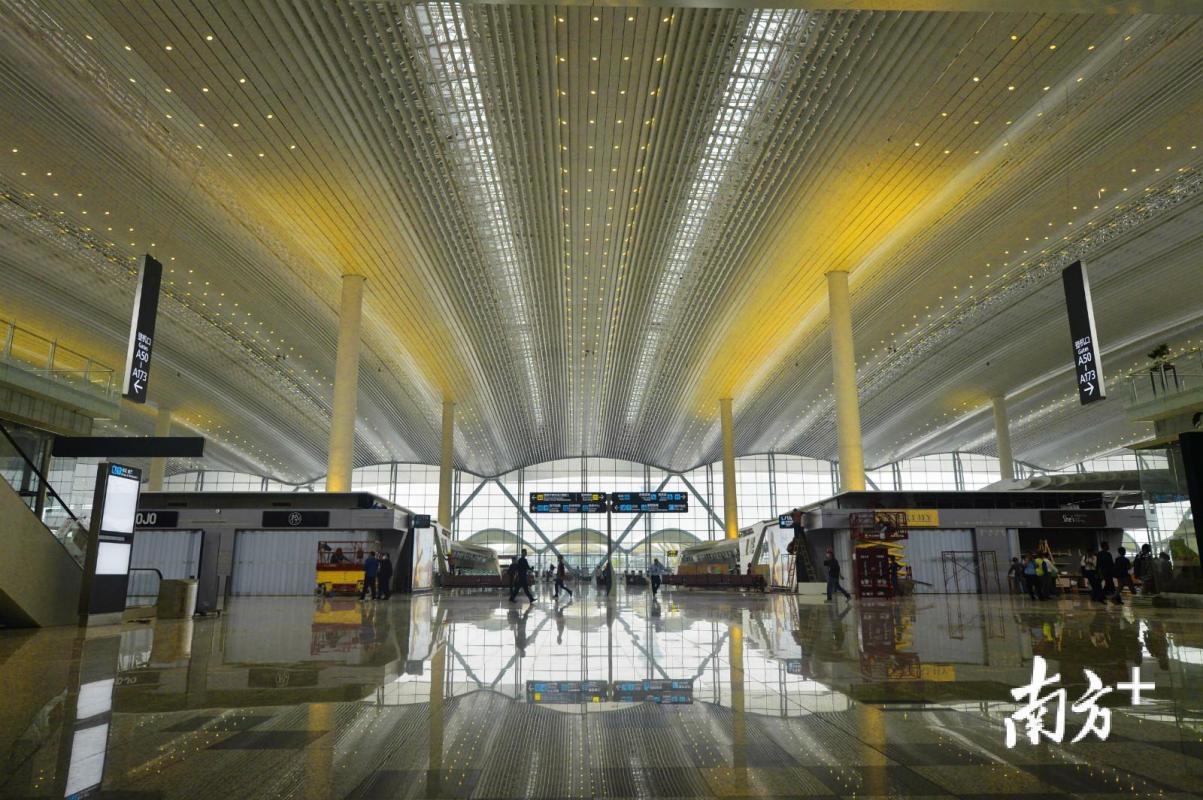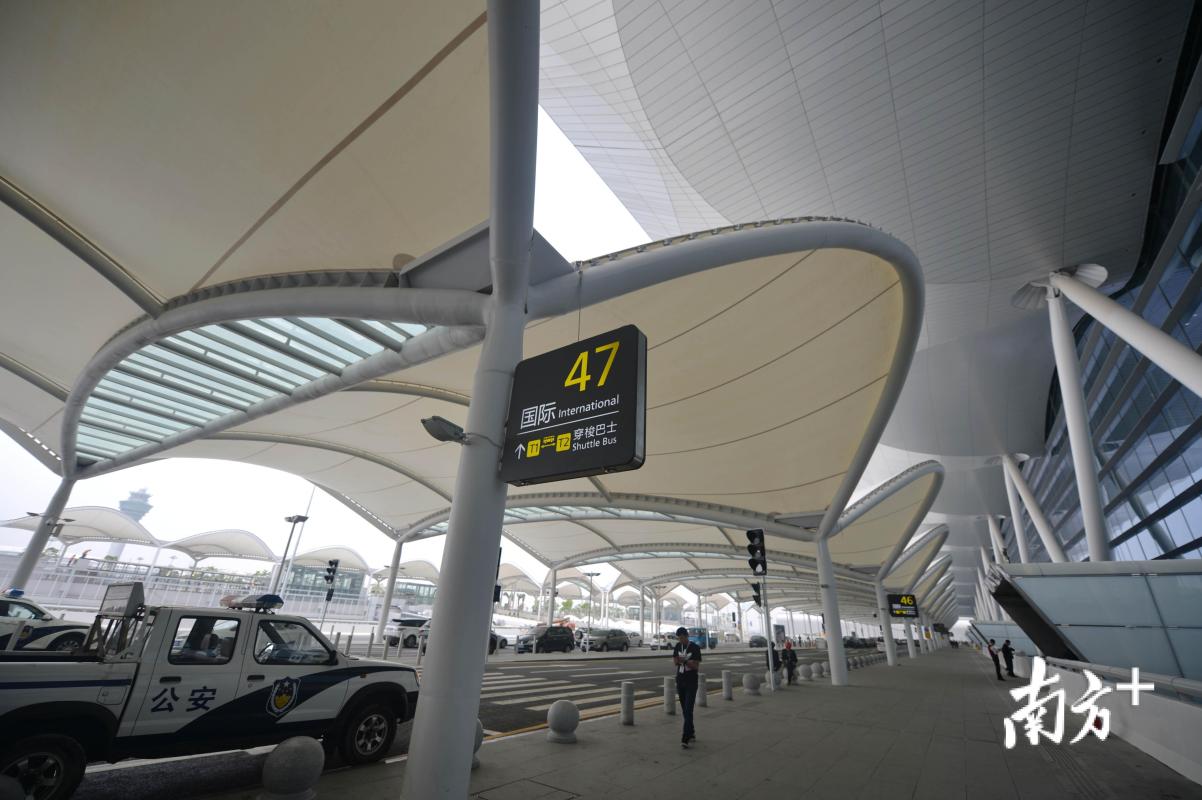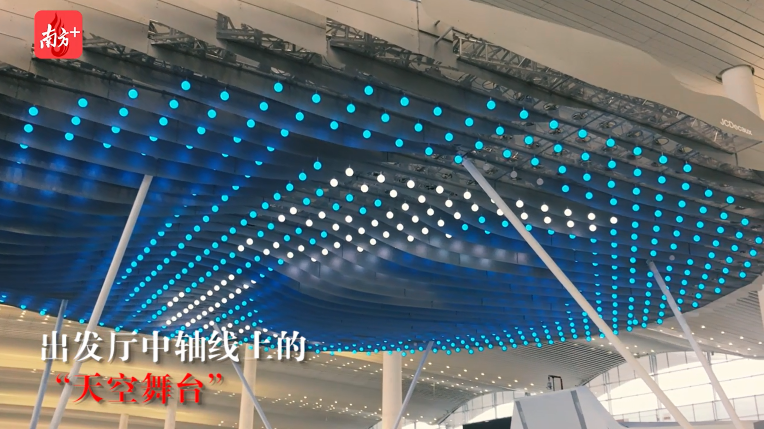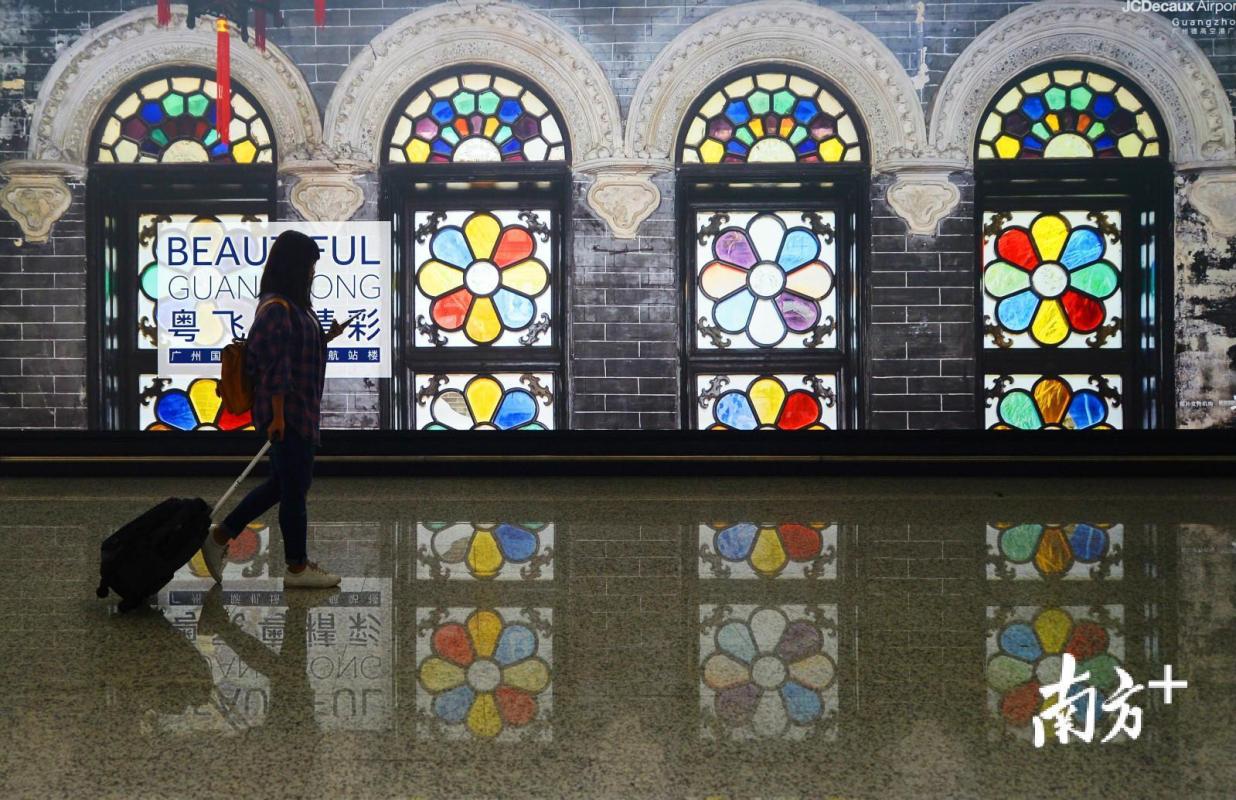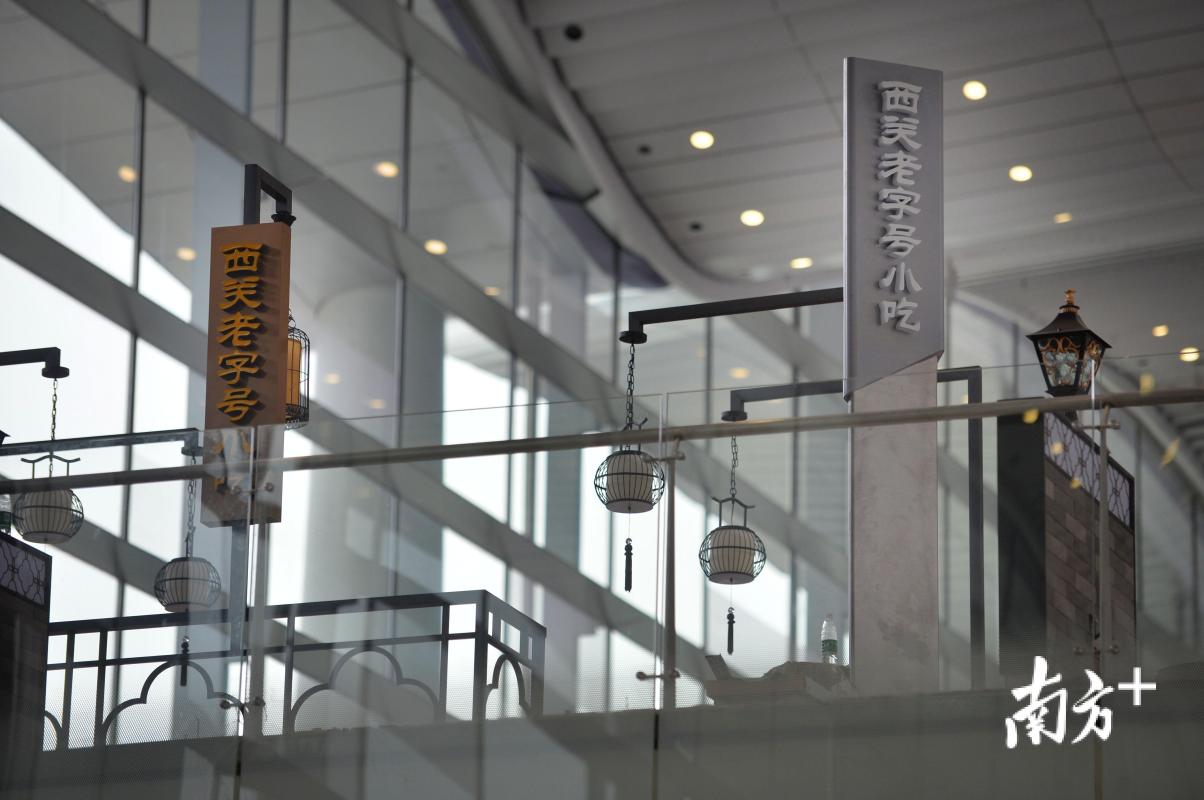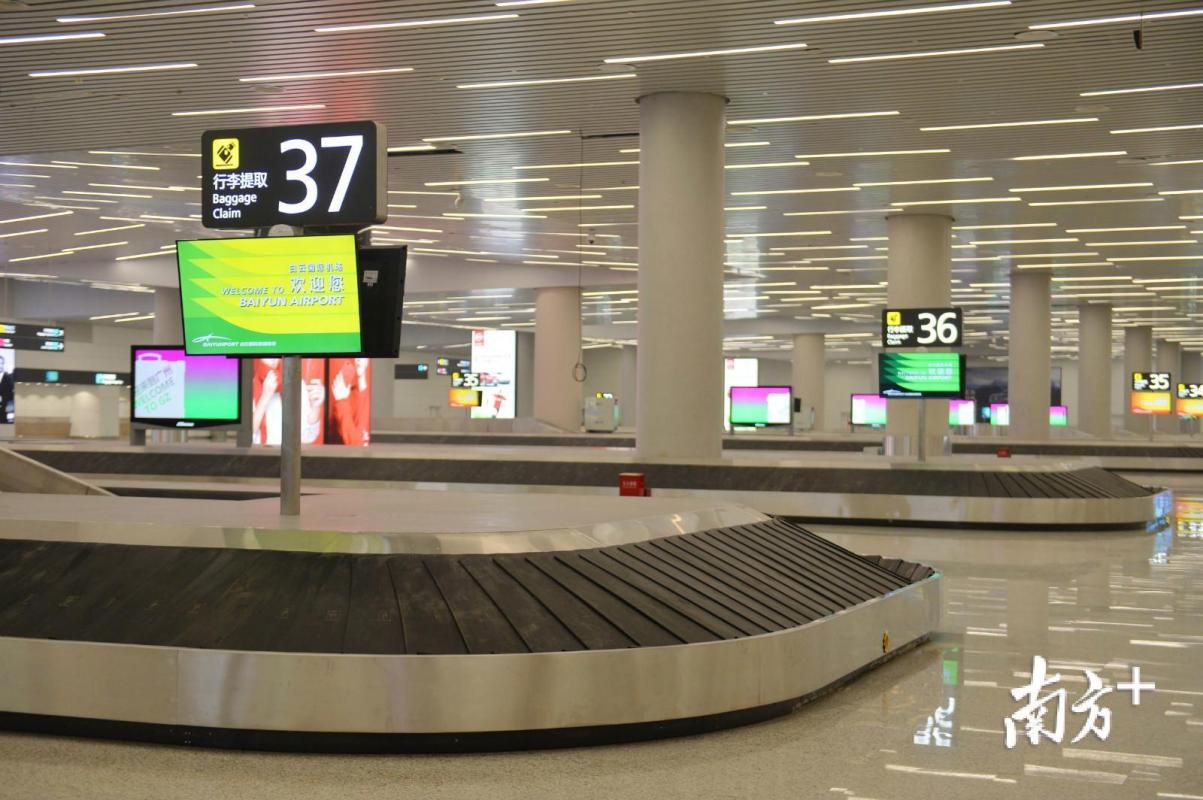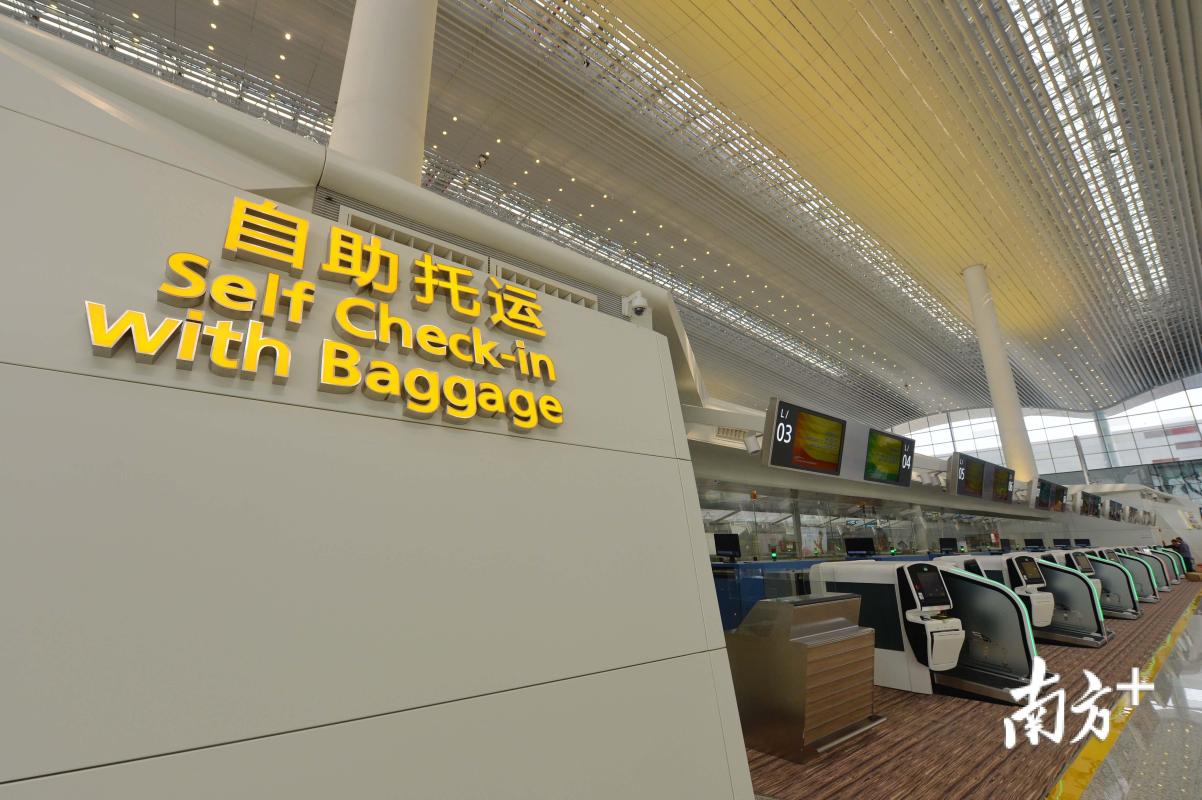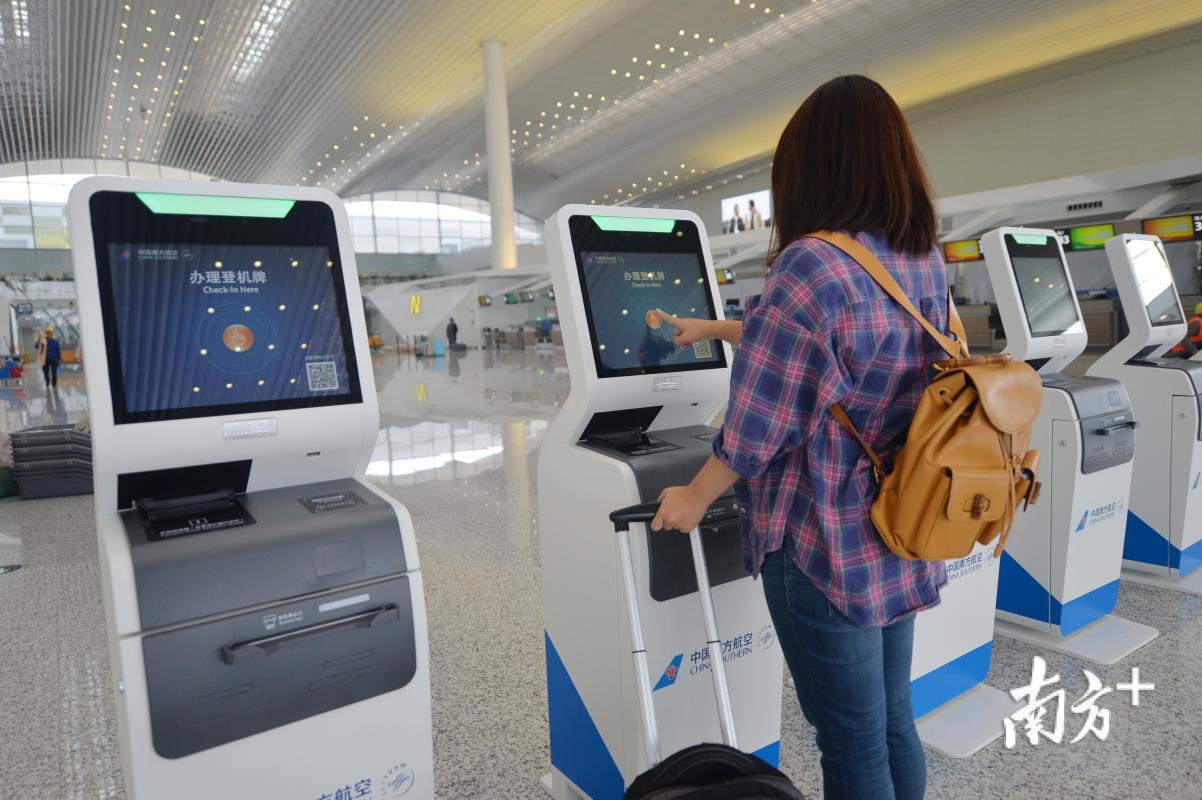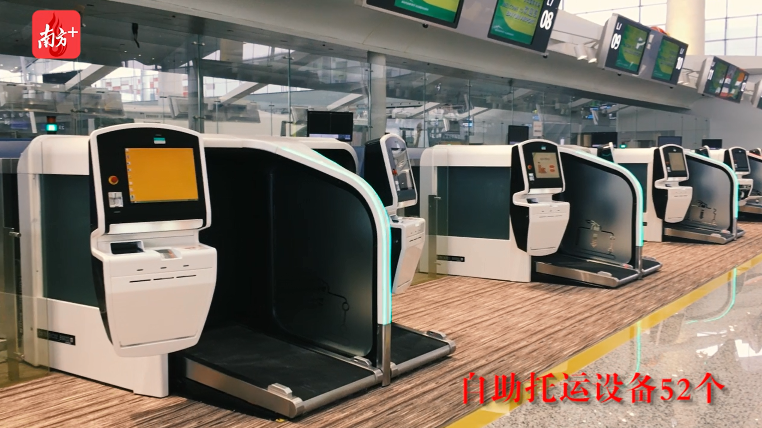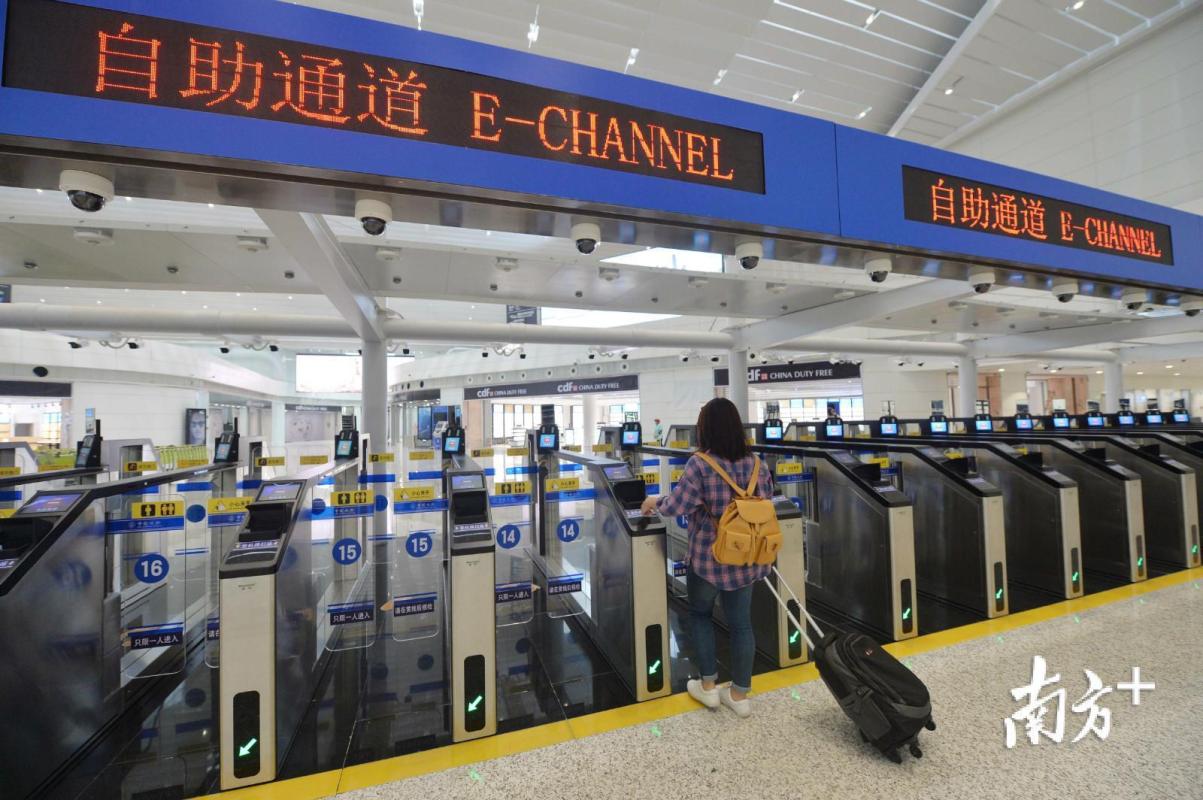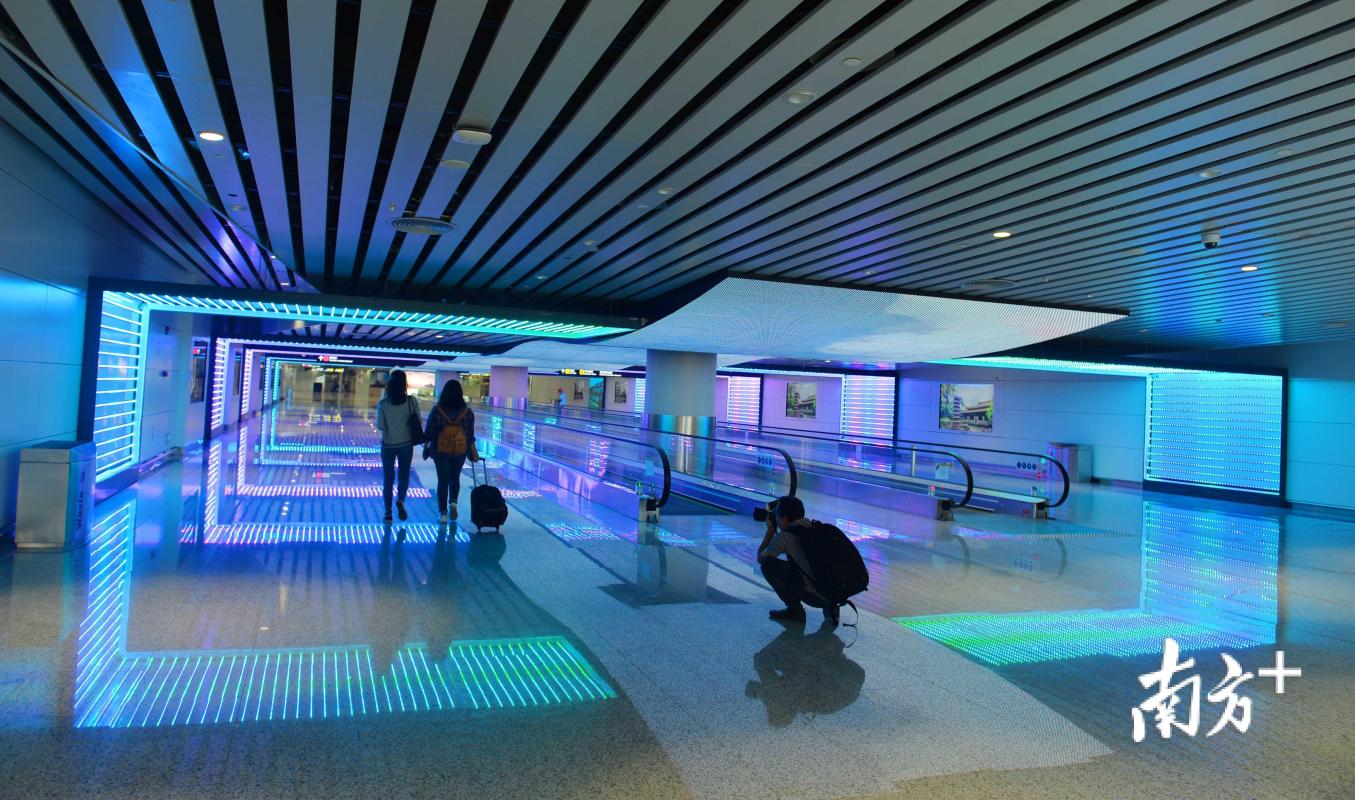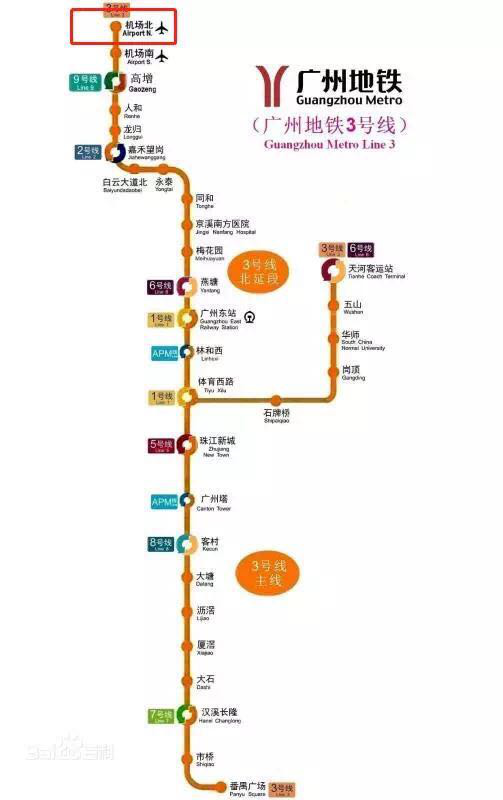Cutting-edge check-in-with-baggage machines, e-channels for border inspection, new metro station Airport North...Guangzhou Baiyun International Airport Terminal 2 is scheduled to officially open this Thursday (April 26th). So, newsgd.com is here to present you with a comprehensive guide to the soon to be opened T2.
1st floor: Arrival Area
2nd floor: Boarding Area&Transit Zone
3rd floor: Departure Area
4th floor: Leisure Area
With 339 check-in desks, 120 automatic check-in machines, 52 automatic check-in-with-baggage machines and 50 e-channels, passengers can check-in easily WITHIN SEVERAL MINUTES.
★The Ground Traffic Center (GTC) with 3 more parking areas
★The metro station, Airport North
★Shuttle buses traveling to and from the city centre and other PRD cities
★A inter-city railway station being planned
●Airlines that are moving to T2
China Southern Airlines, China Eastern Airlines, China Airlines, Xiamen Airlines, Hebei Airlines, Chongqing Airlines, Sichuan Airlines, Shanghai Airlines and China United Airlines, Air France, Korean Air, Vietnam Airlines, Aeroflot, Kenya Airways, Garuda Indonesia and Saudia
Reported by Hu Nan, Liu Qian
Photo by Xiao Xiong
Edited by Zhang Ying, Simon Haywood
●In General
The newly constructed Terminal 2 covers an area of 880.8 thousand square meters, with a forecasted annual passenger flow of 45 million. It is estimated that the total passenger handling capacity of Baiyun International Airport could reach an annual figure of 80 million once T2 is operational.
Located to the north of the T1, T2 follows T1’s design style, retaining the “White Cloud” design for its main building. Traditional Lingnan cultural elements have been added to the building’s design, blending the city’s historical background with the modernity of an international metropolis.
Moreover, a special “sky stage” has been set up on the roof of the departure hall, designating the start of the check-in area.
●Main building
As the biggest single terminal building in China, T2 consists of a 4-storey main building and 5 corridors to the gates.
The first floor has been designated as the arrival area, providing various connections to the city proper or to other PRD cities.
The second floor will be used mainly for passengers in transit. However, some international passengers will also arrive on this floor.
The third floor is departures, where passengers will check-in, and complete security checks and border inspection.
The fourth floor is contains a wealth of restaurants, hotels etc, many of which will be serving traditional Cantonese food.
●Clear layout
Compared to T1, T2 has a more straightforward layout, giving passengers a smoother departure and arrival experience.
For instance, when passengers finish check-in in the departure hall, they can proceed to the security hall without making a single turn. And when passengers arrive in T2, they can simply go downstairs to pick up baggage and leave through arrivals.
Also, more facilities for transit passengers have been provided on the second floor, allowing passengers to complete their transfer without changing floors.
●Self-service machines
There are 339 check-in desks in T2. In additional, a huge number self-service machines have been set out in order to provide effective and efficient customer service.
1.Automatic check-in machines
In the departure hall of T2, 13 check-in areas serve passengers, with 339 check-in desks, 120 automatic check-in machines, 52 automatic check-in-with-baggage machines and 50 e-channels. Passengers can check-in easily with self-service machines.
2.Automatic check-in-with-baggage machines
Automatic check-in-with-baggage machines are providing a new cutting edge choice for passengers. These machines allow passengers to start the check-in procedures including luggage-check by scanning their ID card, passport, boarding card or even boarding QR code. Then the machine will print the luggage label and even stick it to the luggage, following which the machine will send the luggage to security check. The whole procedure can be completed WITHIN 3 MINUTES.
Moreover, the machine will sound an alarm if it encounters something abnormal, the screen instructing passengers how to deal with the situation.
Officials in the airport indicated that compared to T1, T2 provides far more advanced technology and will allow passengers to enjoy more efficient check-in.
3.E-channels
E-channels have been set up at the border check-points in T2: 20 in departures and 30 in arrivals. Passengers simply scan their passport and undergo a facial recognition check, passing through the e-channel WITHIN 30 SECONDS.
●Transportation
The Ground Traffic Center (GTC) with 3 more parking areas will be opened to coincide with T2, providing additional 5000 parking spaces.
(file photo)
The metro station, Airport North, the terminus of the northern extension of Line 3, will open in conjunction with T2. With a total length of about one kilometer, this section allows passengers from T1 at Airport South Station to travel to T2 at Airport North Station.
Shuttle buses traveling to and from the city centre and other PRD cities will also be available
Meanwhile, a railway station is being planned, and in future passengers can travel directly to T2 via inter-city rail from other PRD cities.
●Airlines that are moving to T2
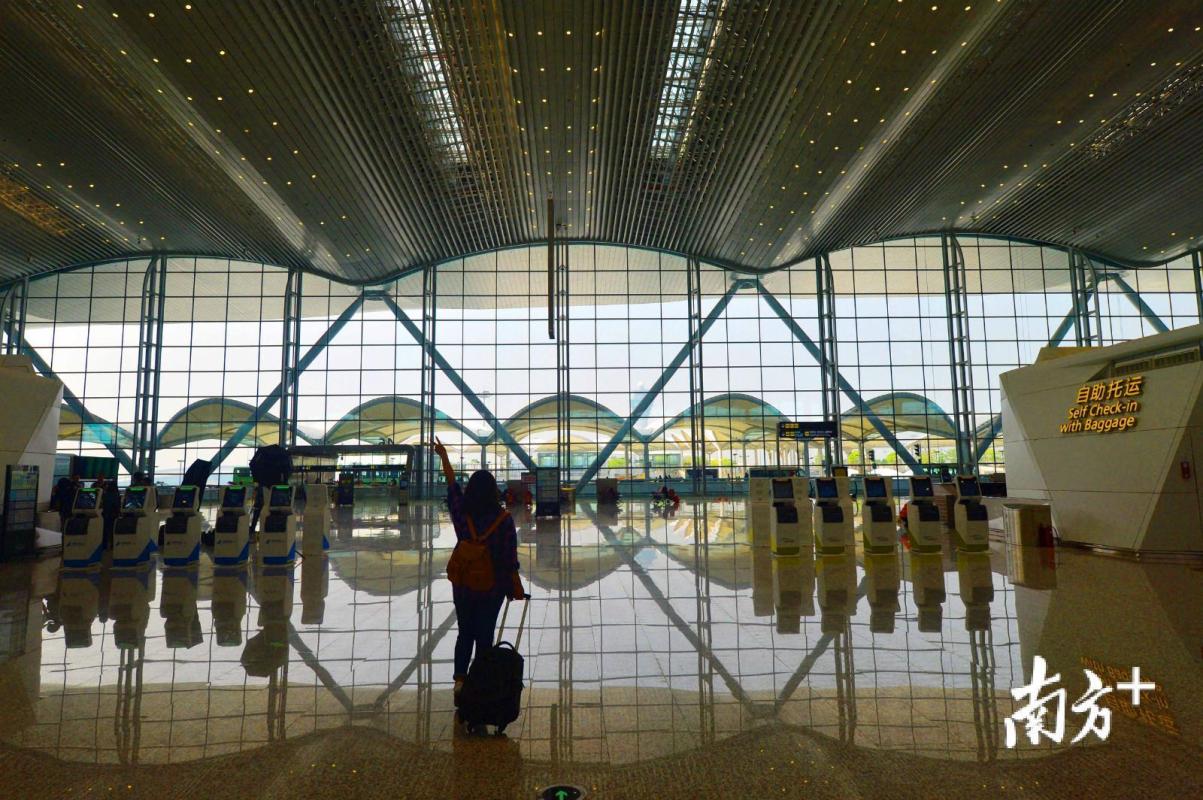
16 airlines are moving to Terminal 2. They are: China Southern Airlines, China Eastern Airlines, China Airlines, Xiamen Airlines, Hebei Airlines, Chongqing Airlines, Sichuan Airlines, Shanghai Airlines and China United Airlines, Air France, Korean Air, Vietnam Airlines, Aeroflot, Kenya Airways, Garuda Indonesia and Saudia.
The 54 other airlines flying in and out of Baiyun — such as Air China — will continue to operate out of Terminal 1.
Call your airline to confirm your flight gate and terminal. Upon arrival, double-check display boards to ensure that there have been no changes. Print your boarding pass or save your digital one on your mobile phone before arriving, if possible, to avoid possible problems at check-in kiosks. Restricting your luggage to a single carry-on bag will avoid delays in baggage tagging and handling.


















